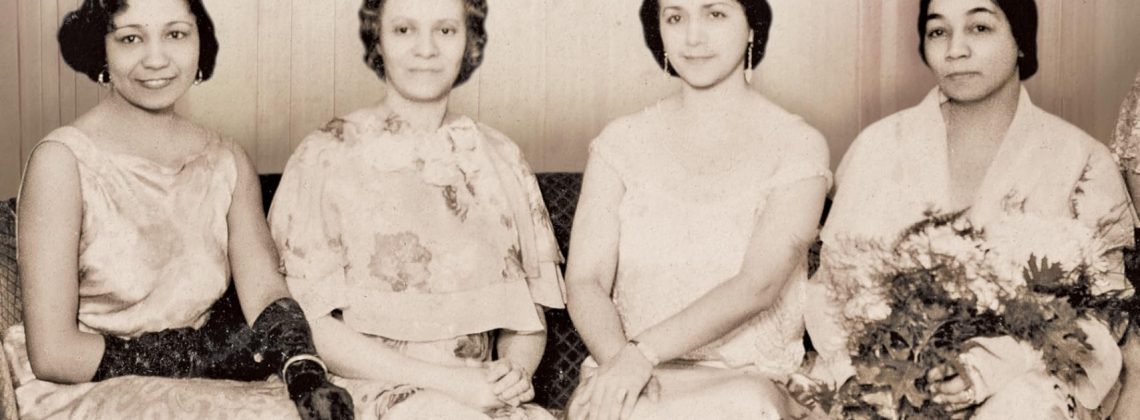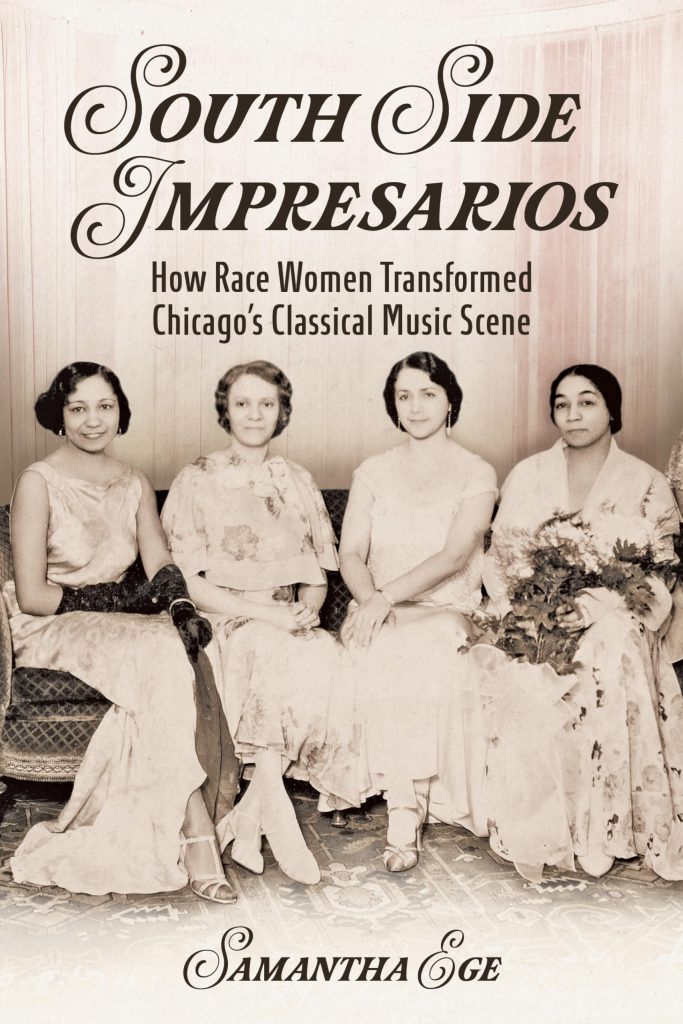

Samantha Ege is a Senior Research Fellow at the University of Southampton. This interview is based on her new book, South Side Impresarios: How Race Women Transformed Chicago’s Classical Music Scene (University of Illinois Press, 2024).
JF: What led you to write South Side Impresarios?
SE: The story of Florence Price had always interested me, ever since I was an undergraduate student. In 1933, Price became the first Black woman to have a symphony performed by one of the national top orchestras, which was the Chicago Symphony. As a classical pianist of African descent myself, it was so empowering to know that there was a deeper history of Black women in classical music. And so, I carried this knowledge with me, knowing one day I wanted to be able to tell more of this story. But telling her story meant digging deeper and not just stopping with Price. When I started to look behind the scenes of Price’s accomplishments, I learned of a whole network of Black women who worked alongside her as performers, patrons, composers, critics, clubwomen, and so much more. South Side Impresarios tells their stories too in a collection of what I call “nested herstories”–stories within stories, because there was so much interconnectivity across their lives.
JF: In 2 sentences, what is the argument of South Side Impresarios?
SE: South Side Impresarios argues that Black women were at the heart of some of the most dynamic changes in the American concert scene during the interwar period. With Chicago in focus, South Side Impresarios shows how some of the more prominent names like Florence Price and Margaret Bonds were just the tip of the iceberg; beneath the surface existed a deeper sisterhood, which worked to transform the racist and sexist strictures of the classical world.
JF: Why do we need to read South Side Impresarios?
SE: So many classical music histories focus on male composers, European geographies, and fixed historical periods (e.g. Renaissance, Baroque, Classical, etc.) that do not account for the creative and intellectual lives of people of color. My book not only shows Black women as serious agents of change in the classical world, but it puts them in the cultural and geographical context of their own brilliant era: the Black Chicago Renaissance. This book challenges almost everything we think we know about classical music and its key actors.
JF: Why and when did you become an American historian?
SE: So many of the Black women composers I write about (and perform) are American. I am very aware of the few resources I had as a student when I wanted to learn more about these women, and so my work as an Americanist is fuelled by filling that gap. In many ways, I write for my younger self. I think, “what did I need to read and know back then?” And then I get to work!
JF: What is your next project?
SE: I am the co-editor of The Cambridge Companion to Florence B. Price (Cambridge University Press), which will be published within the next year. So alongside South Side Impresarios and the late Rae Linda Brown’s The Heart of a Woman: The Life and Music of Florence Price (University of Illinois Press), this companion is helping to ensure that these histories of Black classical achievement will become more widely known. And there are, of course, many more stories to tell–many more stories to keep me busy!
JF: Thanks, Samantha!